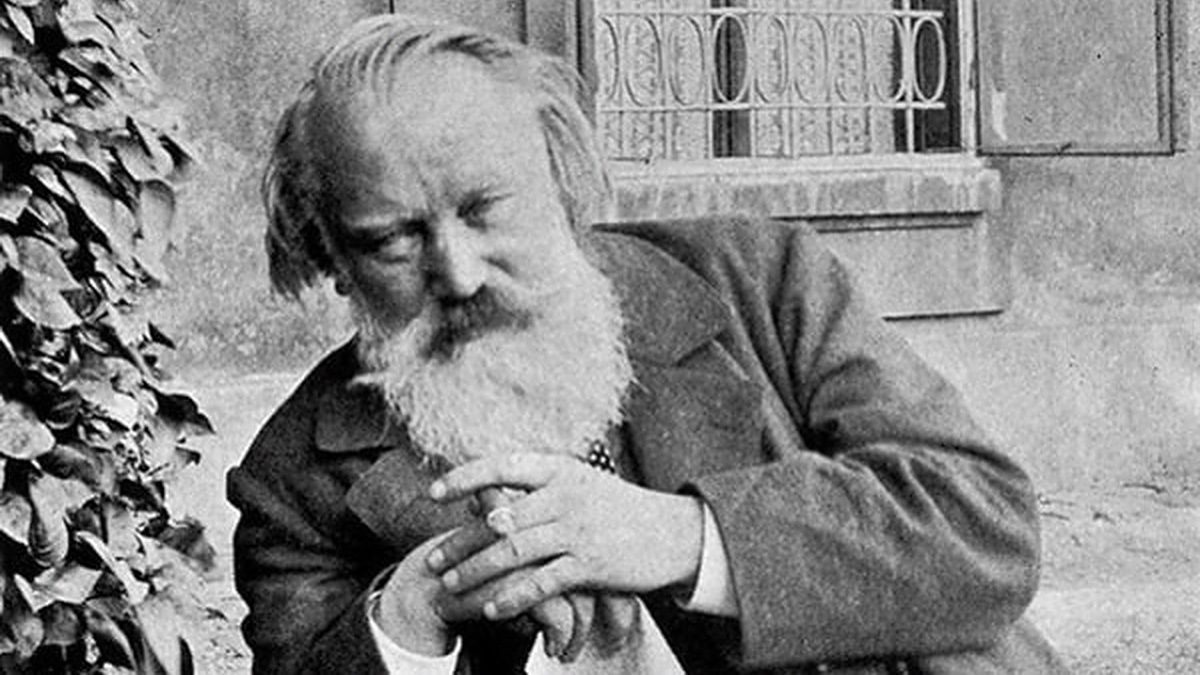Mozart’s “Eine Kleine Nacht-Musik”: A Cheerful Nocturnal Serenade
Mozart’s G major string Serenade No. 13, commonly known as Eine kleine Nachtmusik (“A Little Night Music”), is among the most enduring popular music ever written. Responding to an unknown commission, Mozart dashed it off on August 10, 1787 in Vienna as he worked on the second act of the opera, Don Giovanni. Originally scored for string quartet and double bass, the piece is frequently performed by a string orchestra. German commentator Wolfgang Hildesheimer wrote, “even …







